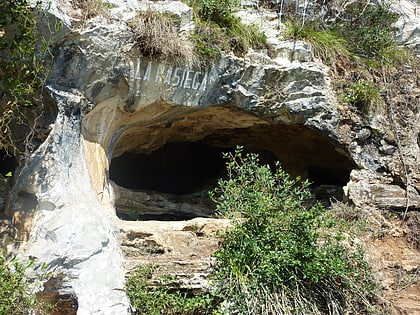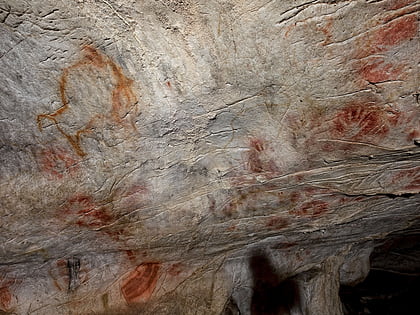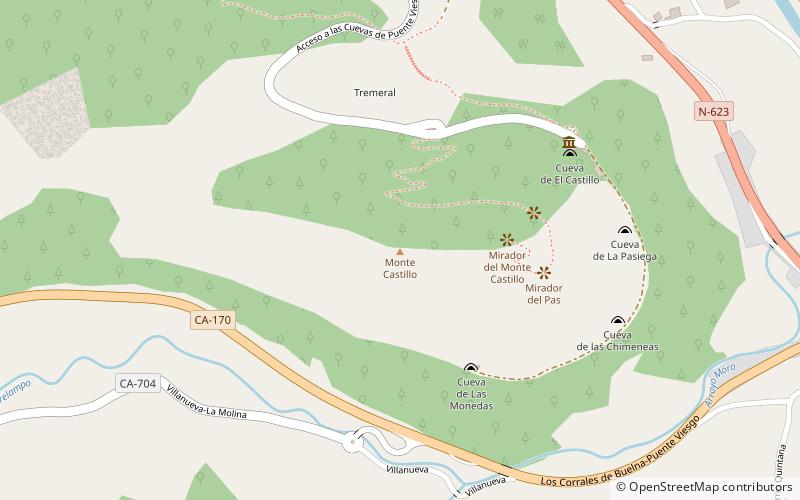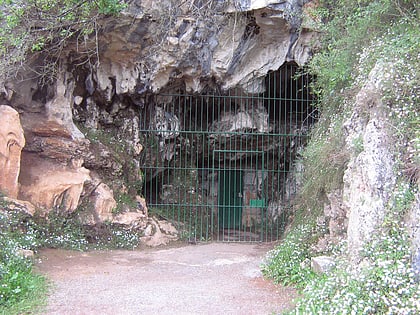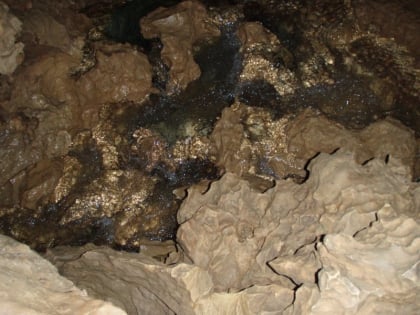Cave of La Pasiega, Puente Viesgo
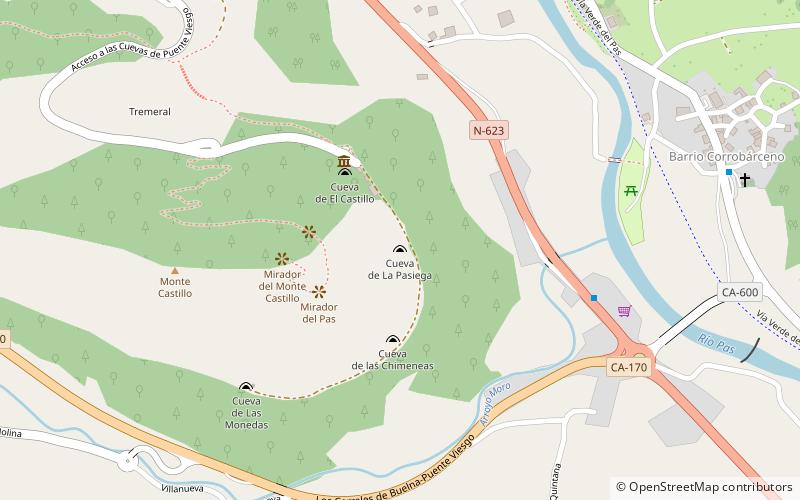
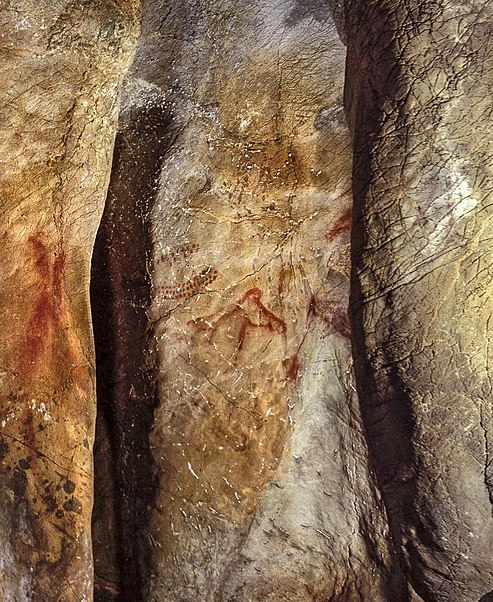
Facts and practical information
The Cave of La Pasiega, nestled in the lush greenery of Puente Viesgo, Spain, is a historical treasure that transports visitors back to the Paleolithic era. This ancient cave is renowned for its prehistoric parietal art, making it a pivotal site for archaeologists and history enthusiasts alike.
As a UNESCO World Heritage site, La Pasiega forms part of the Altamira Cave and Paleolithic Cave Art of Northern Spain. The intricate cave paintings, which date back around 20,000 to 10,000 years BC, are some of the finest examples of early human creativity and spiritual thought. The walls of the cave are adorned with a variety of symbols, animal figures, and abstract shapes, showcasing the artistic expression of our ancestors.
The cave's interior is a labyrinth of galleries and chambers, but the most famous section is Panel 16, where a large collection of these prehistoric artworks can be found. Among them, the image of a horse, drawn with great attention to detail, stands out as a testament to the skill of these early artists.
For the average tourist, visiting the Cave of La Pasiega is not only a journey into the past but also an opportunity to marvel at the natural beauty of the cave formations. However, to preserve the integrity of the cave paintings, access is highly regulated. Visitors may need to book guided tours in advance, and the number of people allowed inside is limited.
Puente Viesgo
Cave of La Pasiega – popular in the area (distance from the attraction)
Nearby attractions include: Cave of El Castillo, Caves of Monte Castillo, Cueva de Las Monedas, El Castillo Cave.
